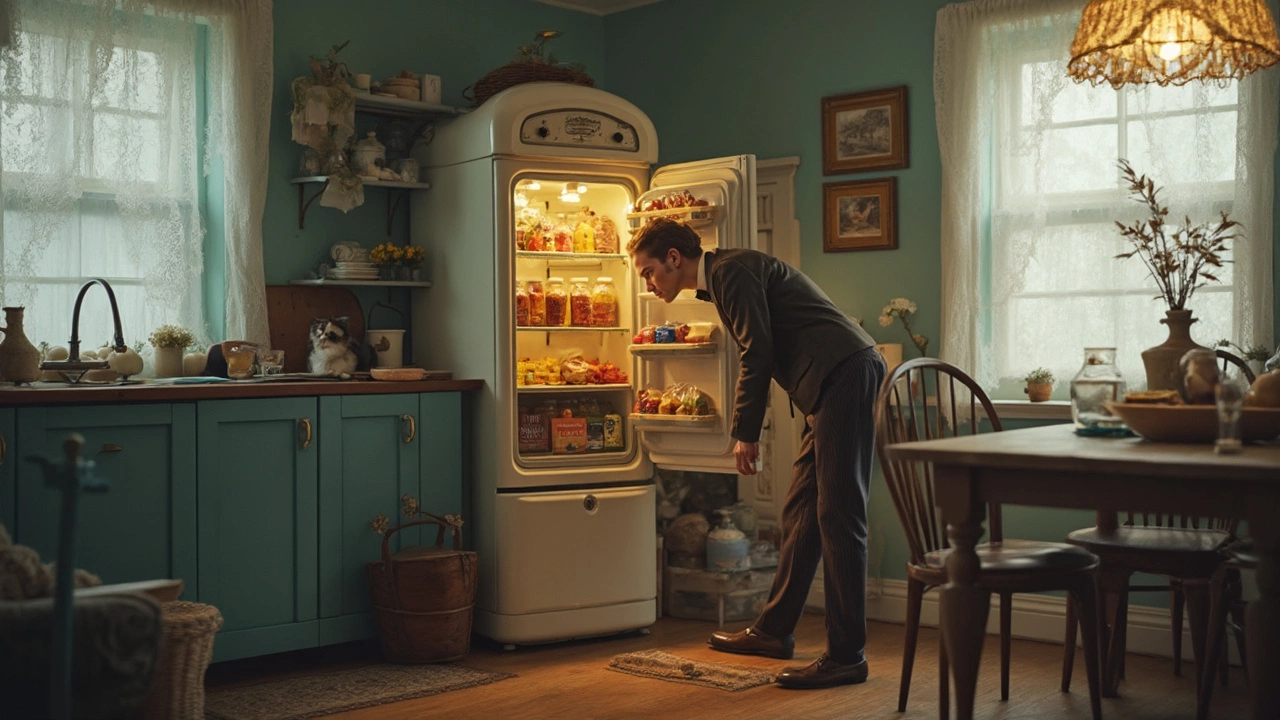Freezer Not Freezing? Quick Fixes and Pro Help
If your freezer is running but the temperature stays warm, it’s frustrating and can ruin food fast. The good news is many freezes stop working for simple, fix‑able reasons. Below you’ll find the most common culprits, step‑by‑step checks you can do yourself, and clear signs when it’s time to call an expert.
Basic Checks Before You Call Anyone
First, make sure the freezer is actually getting power. Plug another appliance into the same socket or test the socket with a voltage tester. If there’s no power, a tripped circuit breaker or a blown fuse is the likely cause. Reset the breaker or replace the fuse and see if the freezer powers up.
Next, look at the temperature setting. Many freezers have a dial or digital control that can be accidentally moved. Set it to the coldest setting (usually around -18°C or 0°F) and give it a few hours to stabilize.
Check the door seal. A torn or dirty gasket lets warm air in, making the compressor work harder and often stopping the freezer from reaching the right temperature. Close a piece of paper in the door – if it slides out easily, the seal isn’t tight. Clean the gasket with warm soapy water and, if it’s cracked, replace it.
Clear any visible frost build‑up. Excess frost acts as insulation and blocks airflow. If you see a thick layer of ice, defrost the freezer by unplugging it, leaving the door open, and allowing the ice to melt. Place towels to catch water, then clean and dry the interior before plugging it back in.
Deeper Issues You Might Spot
Listen for the compressor. When the freezer runs, you should hear a low hum and occasional clicks as the compressor turns on and off. If it’s silent, the motor may have failed, or the start relay could be bad. Both parts are replaceable, but they require a bit of knowledge about handling refrigerant‑related components. If you’re not comfortable, let a professional handle it.
Feel the evaporator fan. This small fan circulates cold air throughout the freezer. If you don’t feel air moving when the freezer is on, the fan might be stuck, blocked by ice, or its motor could be burned out. A quick visual inspection can reveal debris; a gentle clean with a soft brush often revives it.
Check the condenser coils. Located at the back or underneath the unit, these coils get dusty over time. When they’re clogged, the heat exchange process slows, and the freezer can’t stay cold. Unplug the freezer, remove the rear panel, and vacuum the coils with a brush attachment. This simple job can improve efficiency dramatically.
Lastly, look at the defrost timer or sensor. Modern freezers cycle between cooling and defrost modes. If the timer sticks in defrost, the cooling cycle never starts. A ticking sound from the timer indicates it’s working; a silent unit may need replacement.
If you’ve run through these checks and the freezer still isn’t freezing, it’s time to call a professional. Trying to repair sealed‑system parts like the compressor or refrigerant lines without certification can be dangerous and may void warranties. A qualified technician from South Shields Appliance Repair Services can diagnose the exact fault, order the right parts, and get your freezer back to proper temperature quickly.
Remember, regular maintenance – cleaning coils, checking door seals, and defrosting when needed – helps avoid most freezer failures. A quick monthly check can keep your freezer humming and your food safe for years to come.
